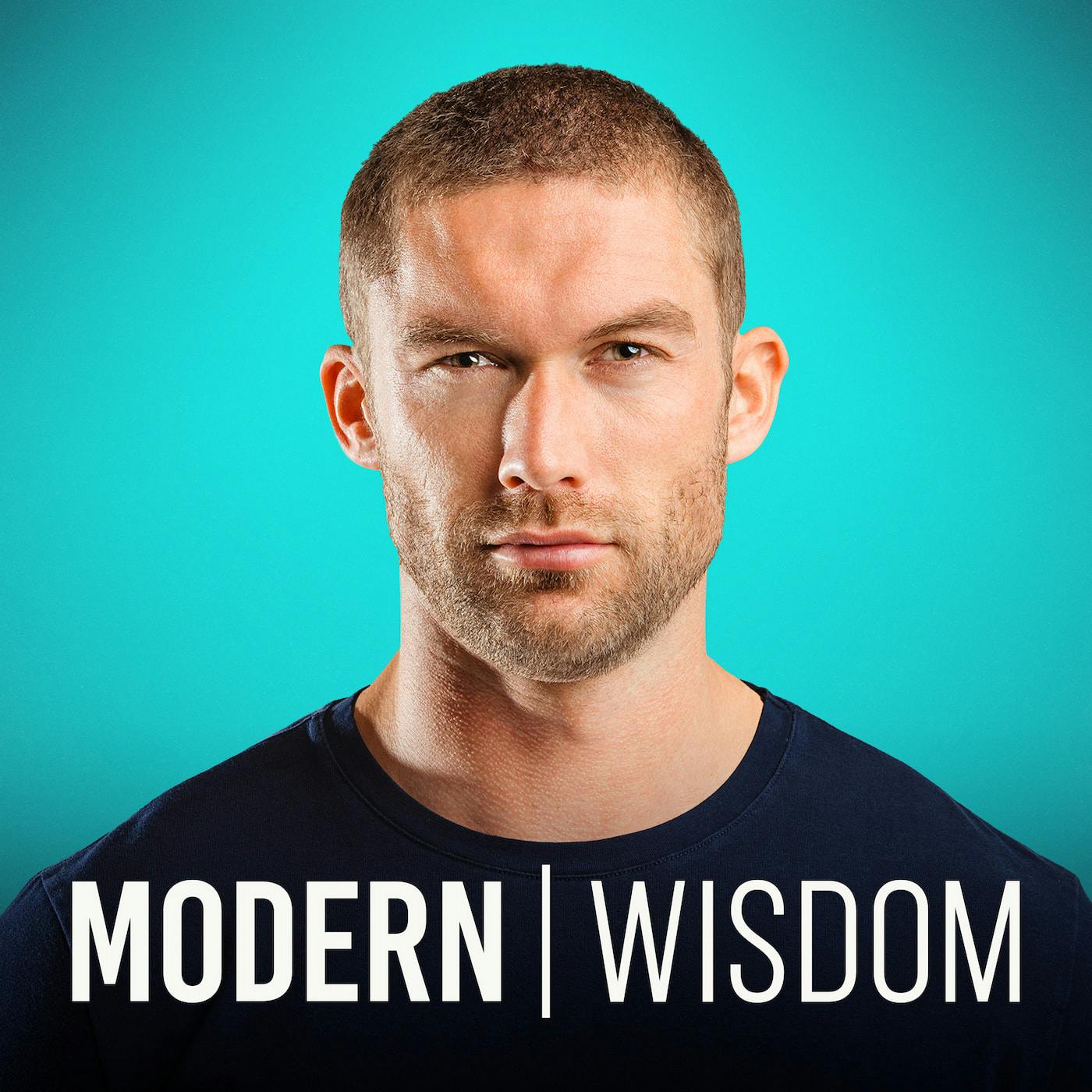
October 21, 2024 • 2hr 6min
#854 - Graham Hancock - The Hidden Secrets Of America’s Ancient Apocalypse
Modern Wisdom

Key Takeaways
- Graham Hancock believes evidence points to the Americas being inhabited far earlier than previously believed, possibly as early as 130,000 years ago based on findings like the Cerutti Mastodon site
- The Amazon rainforest may have been shaped by ancient human civilizations, with evidence of large-scale earthworks and advanced agricultural practices
- Hancock argues that psychedelic substances like ayahuasca played an important role in the development of human consciousness and culture
- The Younger Dryas impact hypothesis suggests a comet impact around 12,800 years ago caused rapid climate change and flooding, potentially destroying an advanced ancient civilization
- Hancock sees similarities between ancient sites worldwide as evidence of a lost global civilization that was destroyed in a cataclysm but passed on some of its knowledge
- He criticizes mainstream archaeology for being closed-minded to alternative theories and trying to censor opposing views
- Hancock plans to refocus on ancient Egypt in the coming year, working collaboratively with Egyptologist Zahi Hawass
Introduction
Graham Hancock is a journalist and author known for his controversial work on ancient civilizations. In this episode, he discusses his theories about early human settlement of the Americas, lost ancient civilizations, and the role of psychedelics in human consciousness. Hancock challenges mainstream archaeological views and argues for a more open-minded approach to investigating humanity's ancient past.
Topics Discussed
Early Settlement of the Americas (1:18)
Hancock argues that humans may have first settled the Americas as early as 130,000 years ago, far earlier than the mainstream view:
- He cites evidence like the Cerutti Mastodon site near San Diego, which shows signs of human activity from 130,000 years ago
- Mainstream archaeology has gradually pushed back the date of first settlement to around 23,000-24,000 years ago based on sites like White Sands, New Mexico
- Hancock believes there is evidence for even earlier settlement, possibly 30,000-50,000 years ago or more
- "Stuff just keeps on getting older" - Hancock notes that archaeological timelines keep getting pushed back as new evidence is found
The Amazon Rainforest (14:44)
Hancock discusses evidence that the Amazon was shaped by ancient human civilizations:
- Large geometric earthworks have been discovered in cleared areas of the rainforest
- These earthworks show sophisticated design and astronomical alignments
- Evidence of ancient cities and road networks in the Amazon
- The Amazon may have been more like savanna during the Ice Age and was transformed into rainforest partly through human activity
- Terra preta - patches of incredibly fertile soil created by ancient Amazonians
Psychedelics and Human Consciousness (23:16)
Hancock argues that psychedelic substances played an important role in human evolution and culture:
- He has personally used ayahuasca over 70 times for research and personal growth
- Similarities between cave art worldwide and visions induced by psychedelics suggest ancient use
- Ayahuasca is a complex brew that required sophisticated knowledge of plant chemistry to develop
- "Ayahuasca has helped me to get to grips with issues in my life that I didn't even know I needed to get to grips with"
The Younger Dryas Impact Hypothesis (1:17:01)
Hancock discusses the theory that a comet impact around 12,800 years ago caused rapid climate change:
- Evidence suggests Earth passed through debris from a disintegrating comet
- This may have caused rapid melting of ice sheets, flooding, and global cooling
- Could explain flood myths found in cultures worldwide
- May have destroyed an advanced ancient civilization, with only fragments of knowledge surviving
Easter Island (1:28:24)
Hancock argues Easter Island may have a much older history than mainstream archaeology recognizes:
- Evidence of banana cultivation from 3,000 years ago, twice as old as humans were thought to have been there
- Local traditions speak of a flooded homeland called Hiva
- The famous moai statues may be much older than commonly believed
- Similarities between moai and statues at Göbekli Tepe suggest possible connections
Criticism from Mainstream Archaeology (1:44:51)
Hancock discusses his conflicts with mainstream archaeologists:
- He was denied access to film at several archaeological sites in North America
- The Society for American Archaeology tried to get Netflix to label his series as fiction
- Hancock believes some archaeologists are motivated by jealousy of his popular success
- He argues for allowing the public to hear alternative viewpoints rather than censoring them
- "I strongly reject the tendency within a small faction of archaeologists...who somehow need to tell the public what to think."
Ancient Egypt and Future Plans (2:02:14)
Hancock discusses his plans to refocus on ancient Egypt:
- He has reconciled with Egyptologist Zahi Hawass and hopes to work collaboratively
- Believes Egypt is "the heart of the mystery" of ancient civilizations
- Plans to spend significant time in Egypt in the coming year
- Interested in the astronomical alignments of structures like the Sphinx
Conclusion
Graham Hancock continues to challenge mainstream archaeological views with his theories about lost ancient civilizations and early human history. While controversial, his work encourages looking at humanity's past with fresh eyes and considering alternative explanations for archaeological evidence. Hancock argues for a more open scientific discourse that allows alternative viewpoints to be heard alongside mainstream theories. His new Netflix series "Ancient Apocalypse" season 2 further explores these ideas, examining potential evidence for advanced ancient cultures around the world.